Only a few years ago I looked on attending a convention as a useless expenditure, an indulgence I didn’t think I had time for — probably because the unfamiliarity of it made me uncomfortable.
 Fortunately, my friend Eric Knight shook up my composure, insisting it would be good for me to go. So I went, and my first convention ever was The World Fantasy Convention in Madison, Wisconsin, 2005, and I can still recall how nervous I was and how astonishing it was to be standing in the same room or even rubbing shoulders with writers I had respected and admired for long years. Luckily, Eric took me under his wing and showed me around. Before long we’d found our way to the dealer’s room — which didn’t seem too different from a cave of wonders — and I was soon talking for the first time with Black Gate‘s publisher and editor, John O’Neill.
Fortunately, my friend Eric Knight shook up my composure, insisting it would be good for me to go. So I went, and my first convention ever was The World Fantasy Convention in Madison, Wisconsin, 2005, and I can still recall how nervous I was and how astonishing it was to be standing in the same room or even rubbing shoulders with writers I had respected and admired for long years. Luckily, Eric took me under his wing and showed me around. Before long we’d found our way to the dealer’s room — which didn’t seem too different from a cave of wonders — and I was soon talking for the first time with Black Gate‘s publisher and editor, John O’Neill.
A few months ago I wrote a brief primer about why conventions are worth attending, and rather than covering that again, I’ll point you there. If you’ve gone to other conventions you’ll be surprised by WFC. Only about 1,000 attendees are allowed, which promotes a greater intimacy than you’ll find at many other conventions. There are no costumes, and the many panels and readings and workshops are focused fairly specifically on writing and editing and working in the industry. Professional editors, publishers, writers, artists, and agents are everywhere, because this is the serious industry convention, although serious in this instance shouldn’t be confused with dull.
This year the 36th World Fantasy Convention is being held in Columbus, Ohio, from October 28-31, and Black Gate will be there in force. It’ll be pretty easy to find our booth in the dealer’s room, but one or more of us will be visiting panels, participating in panels, attending readings and signings, or wandering from one late night party to another, so if you want to meet us it should be pretty easy to accomplish. If you’re planning to be there we hope that you’ll drop by the booth, and that you’ll make sure to come to the Black Gate reading Saturday night, where you’ll be able to hear several dozen Black Gate authors reading from their own works.
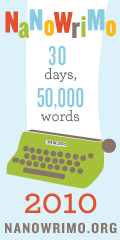 Tonight, children go trick-or-treating, and many adults go to Halloween parties, thereby, perhaps, proving Ogden Nash’s line that children get more joy out of childhood than adults get out of adultery. For myself, though, I’ll be counting down the minutes to midnight, scrawling notes and making plans. Because at 12 AM, November 1, National Novel Writing Month begins.
Tonight, children go trick-or-treating, and many adults go to Halloween parties, thereby, perhaps, proving Ogden Nash’s line that children get more joy out of childhood than adults get out of adultery. For myself, though, I’ll be counting down the minutes to midnight, scrawling notes and making plans. Because at 12 AM, November 1, National Novel Writing Month begins. The woman held in one hand a small cigarette-package-sized radio, its antenna quivering. From this sprang tiny copper wires which ended in a dainty cone plugged into her right ear. There she was, oblivious to man and dog, listening to far winds and whispers and soap-opera cries, sleep-walking, helped up and down curbs by a husband who might just as well not have been there. This was not fiction.
The woman held in one hand a small cigarette-package-sized radio, its antenna quivering. From this sprang tiny copper wires which ended in a dainty cone plugged into her right ear. There she was, oblivious to man and dog, listening to far winds and whispers and soap-opera cries, sleep-walking, helped up and down curbs by a husband who might just as well not have been there. This was not fiction.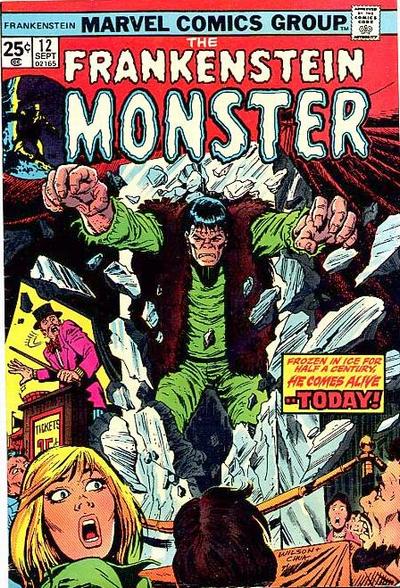
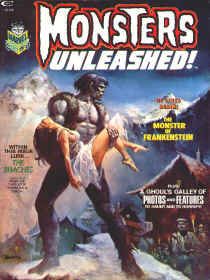
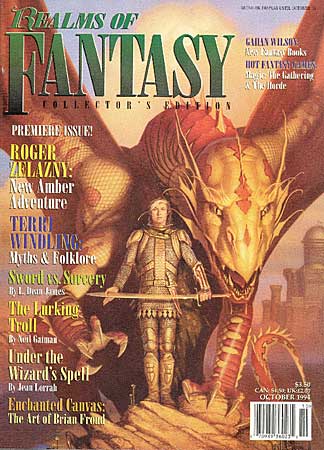 This post over on the
This post over on the 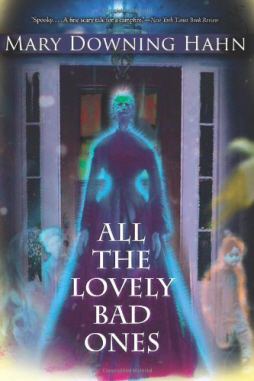

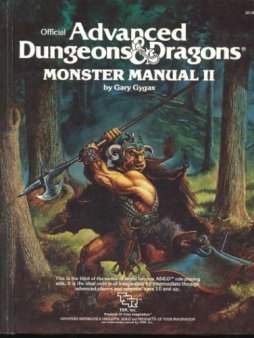
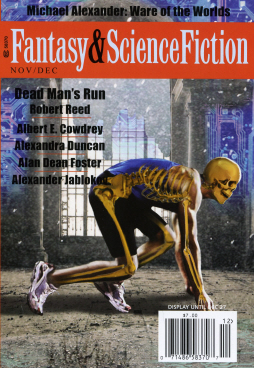
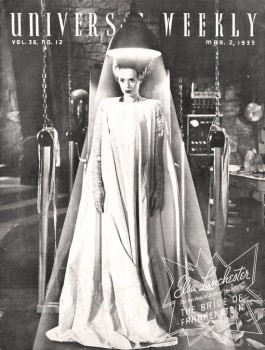 Two weeks ago I
Two weeks ago I 